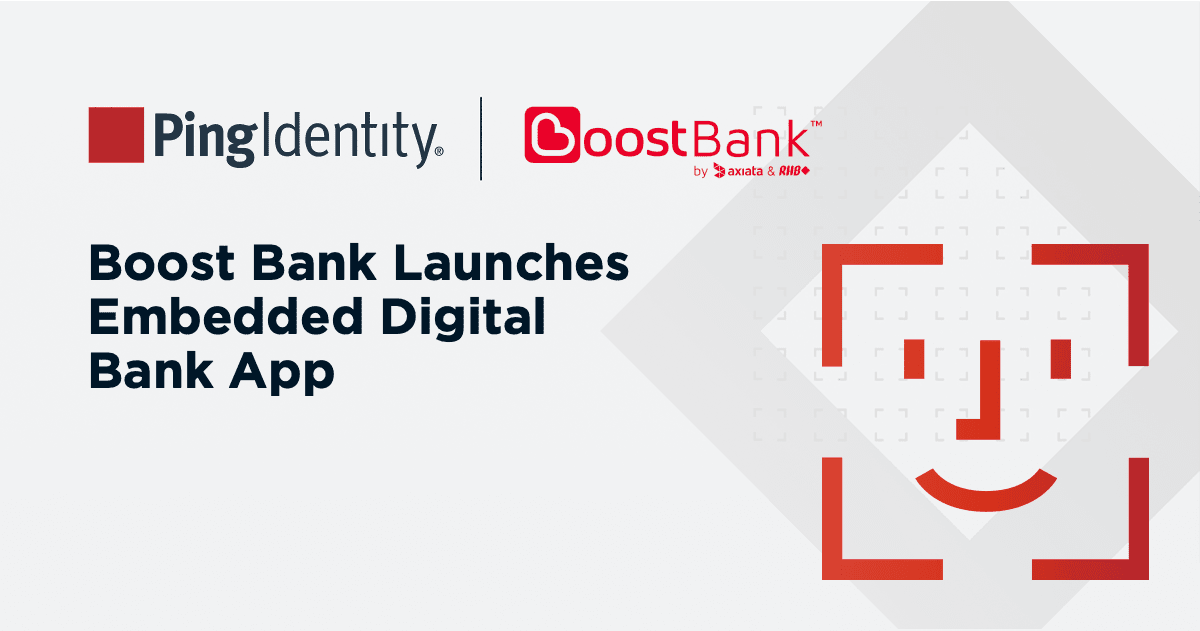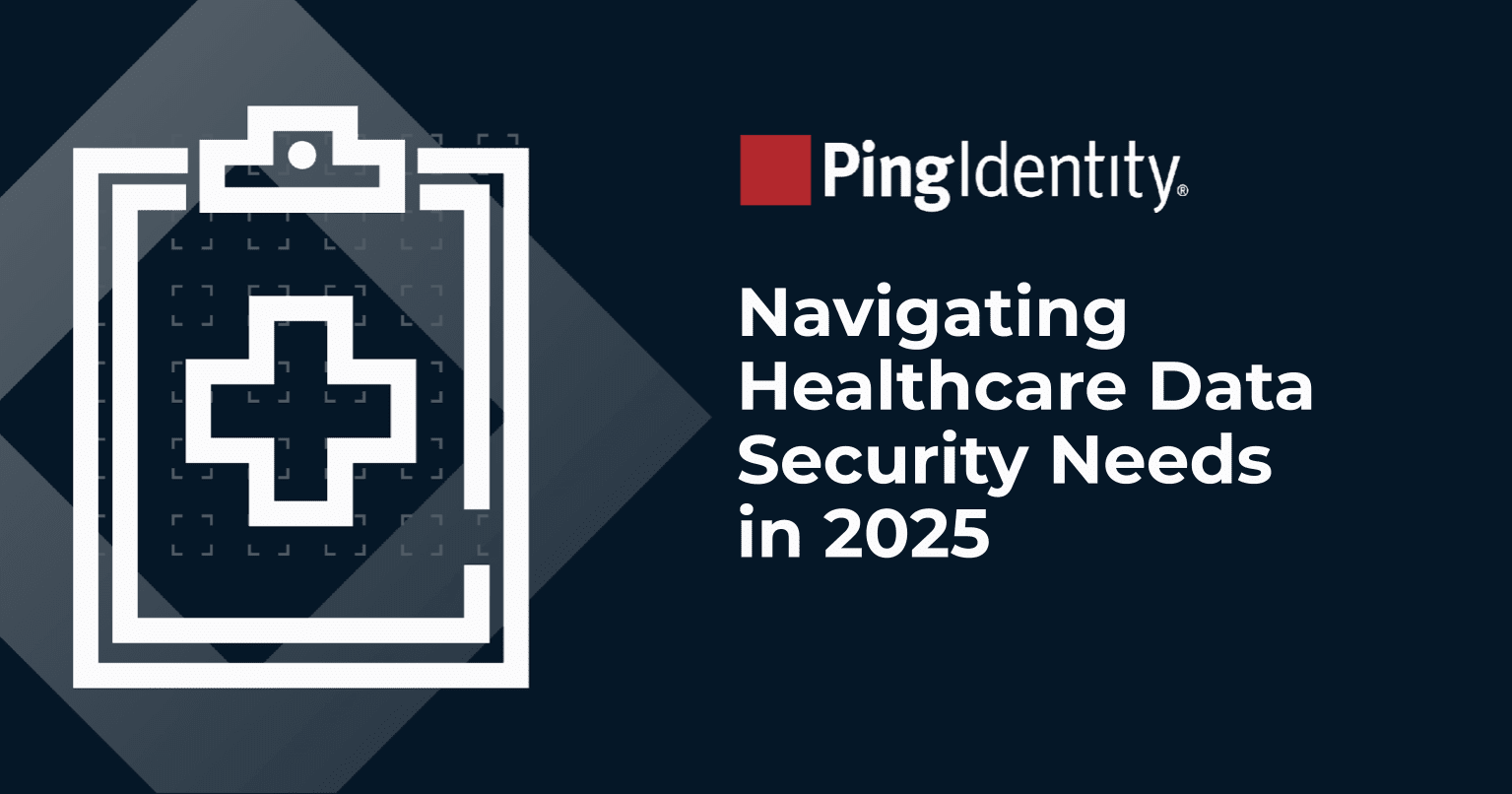Within today's healthcare landscape, consumer experience is more important than ever. Healthcare consumers want improved convenience, personalization, and communication. Healthcare executives from CDOs to CISOs understand that an organization's success hinges on meeting these demands with seamless, secure consumer experiences across all touchpoints.
According to PwC Health Research Institute Analysis:
- 49% of provider executives say customer experience is a top strategic priority over the next five years.
- 81% of payer executives say their company is investing in technology to improve member experience.
- 91% of pharma executives think that patient self-management will increase over the next 10 years with pharma companies' patient engagement services.
Digital identity solutions, such as consumer identity and access management (CIAM), help healthcare leaders design and deliver exceptional healthcare consumer digital journeys.
Here are five CIAM features purpose-built to improve consumer journey experiences without sacrificing security:
1. Social Registration and Authentication
No one likes to fill out long registration forms, especially when seeking care. As a type of single sign-on (SSO), social registration and authentication allow users to quickly register and authenticate using their existing information from a social networking service, such as Google or Facebook. No more typing out usernames and thinking up passwords. Just a simple click for registration and login.
2. Progressive Profiling
Building on the theme of a simplified registration process, rather than asking your consumers to provide extensive information when they register, you can implement progressive profiling. This technique collects user information over time as consumers interact with your system (website, application, etc.). For example, you might just collect the consumer's name and email address on initial signup. Then, at a later time, you might ask for their company name and health insurance details. This gradual accrual of information feels less cumbersome to consumers and allows you to gather pertinent information along their journey so you don't skip a beat either.
3. Self-Service
According to ZenDesk, 69% of consumers prefer to resolve their customer service problems on their own before seeking help from agents1.
In terms of CIAM, self-service is a feature that allows users to manage their accounts on their own rather than relying on an organization's support staff. Examples of self-service include managing login preferences and passwords, updating contact information, requesting specific support, and so on. Some CIAM providers, such as ForgeRock, also offer a feature that allows users to manage their data-sharing preferences, such as what types of data to share and for how long with third-parties such as providers, family members, and others.
Self-service not only improves consumer experience and engagement, it reduces help-desk IT costs.
4. Passwordless Authentication
Even with the convenience of social registration and self-service, managing usernames and passwords is a source of consumer frustration. Usernames and passwords also increase your risk of breaches exponentially.
Passwordless authentication enables you to design secure and seamless login journeys without the need for passwords. Some CIAM solutions, like ForgeRock's, also eliminate the need for usernames.
In addition to giving your consumers a great login experience, passwordless authentication reduces your attack surface by virtually eliminating credential theft arising from phishing attacks, password reuse, credential stuffing, keyloggers, and more. This is a major advantage given that healthcare is the number-one industry targeted by cybercriminals according to the latest ForgeRock Consumer Identity Breach Report.
5. Interoperability
A true enterprise CIAM solution provides all the features listed above on top of a foundation of system integration and interoperability across your hybrid IT infrastructure and digital health ecosystems. From telehealth to billing to scheduling platforms, and even shared third-party partner apps and systems, you can create a single view of the consumer in order to deliver personalized, omnichannel consumer journeys end-to-end — all while complying with regulations such as HIPAA and the 21st Century Cures Act.
The result? Better consumer journey experiences and care outcomes.
These five features are only the beginning of the ways that ForgeRock's enterprise CIAM solution helps healthcare organizations improve consumer journey experiences and security.


